Loisaida Throwback Crawl: Katz’s Deli

Preface:
Loisaida Throwback Crawl: Kossar’s Bialy
Loisaida Throwback Crawl: Doughnut Plant
Loisaida Throwback Crawl: Pickle Battle
Loisaida Throwback Crawl: Vanessa’s Dumpling House
Loisaida Throwback Crawl: Russ & Daughters
For our final destination on our whirlwind 7-stop Lower East Side food extravaganza, we went to (where else?) THE FAMOUS Katz’s Deli. It’s been around since 1888, and every few years there is buzz of it shutting down, but I doubt this will ever happen. Not to Katz’s, NEVER! Their website boasts that it’s, “New York’s oldest and best delicatessen.” This is one of the rare occurrences that such a proclamation might actually be true.
To be honest, I was super apprehensive about going in: it was Sunday afternoon, and from my own experiences, that is not the ideal time to go. But we were on a Loisaida Umamiventure, so there was no way we could not represent. Plus, this was Paystyle’s most anticipated stop- can’t let the guy down, can we?
As imagined, we walked in and it was a friggin’ madhouse. You get a ticket at the door, which is essentially your identity within the world of Katz’s. DO NOT LOSE YOUR TICKET! You’ll be charged an outlandish $50 if you do, even if you didn’t eat anything. So staple that ticket onto your forehead if you must- DO NOT LOSE IT!
There’s wait service in the back, but if you want to real deal Katz’s experience, suck it up and get your ass in line. The lines are actually what intimidate me the most- it snakes all around the shop and you’ve got to be super assertive and know exactly what you want. Pastrami, brisket or corned beef? Fatty or lean? On rye? Pickels new or sour? Waaa! There’s an insider club language in here, and if you don’t know it, you’re screwed! Here’s an extensive, informative article from the NY Times about this particular language of the pastrami sandwich, via Todd.
This is probably why I was hesitant about coming into Katz’s- I took my parents here once and I seriously have never felt like a bigger tool of a NYer. Uhhh, what’s a new pickle??? I knew better this time around, thanks to our pickle stop. That’s the charm of NYC- it likes to test you a few times just to make sure you can hang. Bastard.
As you hop from one of the massive sandwich lines to the drinks line (below), your orders are stamped onto your ticket. No Katz’s meal is complete without a Dr. Brown’s celery soda, so make sure to get in the drinks line after you get your sandwich!
Meal of pastrami sandwich, matzo ball soup, a plate of both new and sour pickles, and a Dr. Brown’s Cel-Ray soda.

My corned beef and pastrami sandwich. Yup, you can mix it up into one sandwich. Look at it, it’s a splendid tower of melt-in-your-mouth meat! The yellow mustard and distinct flavors of rye bread is really what makes this sandwich such an original.
Todd: Katz’s is in my opinion the gold standard for corned beef and pastrami, and it was very good that day. It has not been quite as good on other days. The rumor is that there are two key aspects to good pastrami. The first is that it needs to be steamed for quite a while- yes it’s already cooked but the steaming is what is supposed to make it tender and juicy. Steaming takes time and is also supposed to lead to product shrinkage.
The second key aspect is that Katz’s hand slices their meat, which is rumored to be better for flavor. I am not sure, I do think that hand slicing means better trimmed meat, which does make for a better sandwich, less nasty bits. I think Zabar’s makes a good sandwich: they sell made-to-order hot sandwiches, and while machine sliced, the meat is hand-trimmed.
Paystyle: For me, the true gem of the ‘hood, and the highlight of the crawl. Without question the most solid pastrami and corned beef sammys. Forget Carnegie Deli, or even Jerry’s or Canter’s in LA. This is it. One of the few tourist traps that locals also swear by, as do I. Can’t beat a Katz’s pastrami or reuben sammy with a Dr. Brown’s Cel-Ray soda—the perfect pairing!
Thanks to everyone for making it out to this unforgettably hardcore Umamiventure. It was a blast!!! Check out all previous Umamiventures here. Thanks to Christy, Michelle, Jill and Jessie for the pictures. Make sure to join the UM Facebook group to stay updated on all future Umamiventures. Next one will be in the Bay Area- stay tuned!
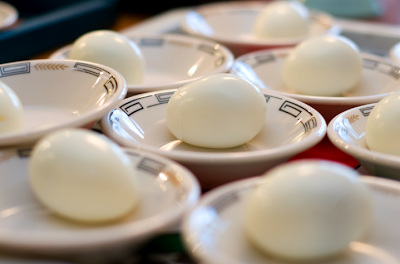












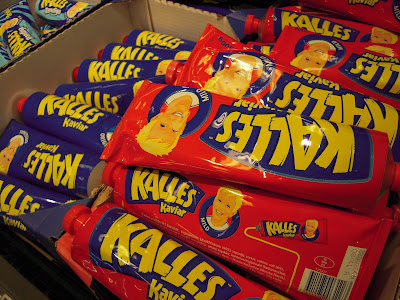





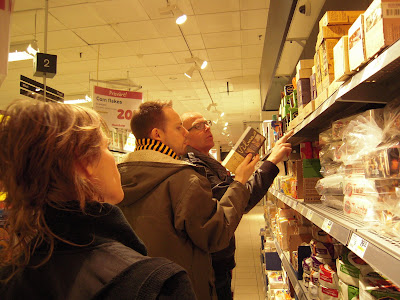

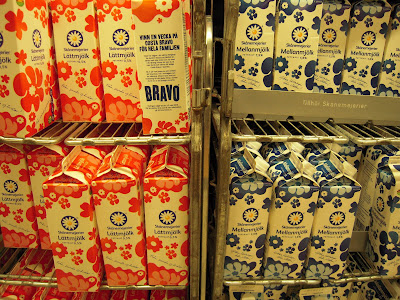
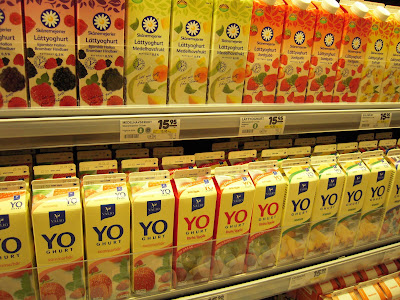































 Royal Clover Club
Royal Clover Club
 Bitter Clover Leaf
Bitter Clover Leaf








